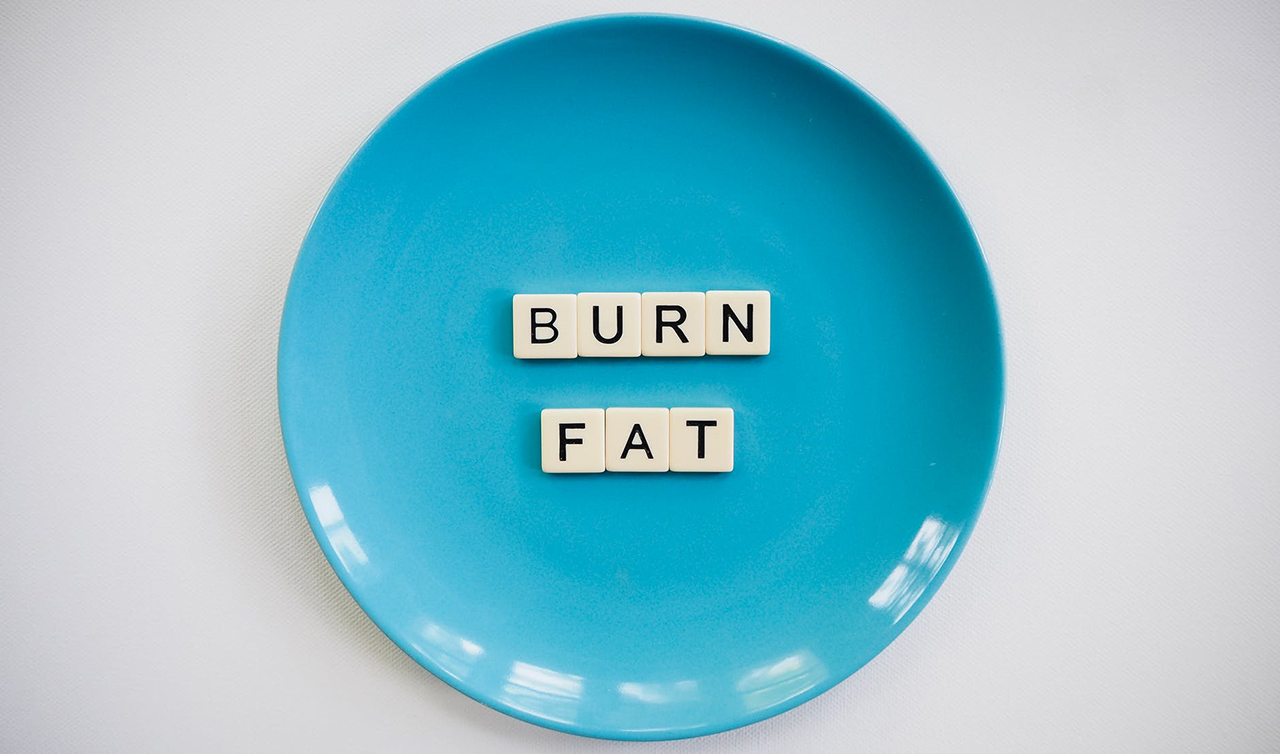
You’ve seen – we are sure you have read plenty yourself – the articles which highlight the “best” foods for optimizing fat loss. Wouldn’t that be awesome if all you had to do was eat certain foods and the weight just fell off? Sign us up, right?
However, this delivers a poor message to people of quick fixes and false promises. Because ultimately there is no single food which will help you reduce your body fat.
Sure, there are foods, like single whole ingredient foods, that don’t cause as much inflammation, bloating, etc or eating certain food combinations can increase satiation levels which can help control blood sugar levels, cravings, and over-snacking. Which indirectly influences fat loss. But the foods are not the sole variable that causes fat loss. Make sense?
Unless your entire diet is optimized for fat loss, including:
- being in a calorie deficit
- having some way to track progress
- ensuring that you are burning more than you are consuming
- being consistent with whichever approach your using
- being patient
No one or two foods will get you shredded! Sorry. But at least you know now and can avoid any of those marketing schemes or people who try and sell you gimmicks or direct you down a path of disappointment.
Yes, there are some foods and ingredients that can have more of a thermogenic effect (e.g. protein) but we want to talk about a bigger picture here!
The reality is, the key fundamentals to fat loss will always stay the same (see bullet points above).
We feel with the media as it is and the increased use of the internet with multiple marketing platforms there’s always a huge exaggeration and people fall for the quick fix mentality and want immediate gratification. People want to believe that there’s a “secret” diet, supplement, or food to give them what they want. But what it boils down to is you doing the work.
The true “secret” to eating for fat loss is as follows:
1. Have the right set-up from the start.
2. Please be consistent with it (do not overlook this step).
3. Measure, track progress and analyses when small changes need making.
4. Know how and when to make the small changes (a coach can help you here).
5. Constant accountability.
6. Keep going and be patient.
7. Just because you hit a plateau doesn’t mean that you are doing something wrong. Make small tweaks and observe the body. Or maybe you need to be patient a little longer.
8. Use an approach that is sustainable for you. If this is for a mini fat loss cut and you have to use more of an aggressive approach, that’s cool, just be sure you have a plan for after the mini cut so you avoid a rebound.
9. Ask yourself how long did it take you to put on the weight and realize it will take time if you are looking for permanent fat loss.
10. Know your level of readiness for change. If you’re truly not ready, aren’t willing to make the sacrifices that come along with habit change and the goals you want, then you may have to figure out how to get your level of readiness and motivation up or reevaluate your goals.
11. Last but not least, write your goals down! And how you’re going to get there. Hold yourself accountable and know why you want to achieve fat loss. You need at least an intrinsic motivator (internal e.g. Improve quality of life, live longer, increase self-esteem, self-love, etc.) to keep the momentum going but extrinsic (external e.g. Lean body, look good in a bikini, etc.) are OK to have too and are to be expected.
Here is the bottom line.
This will require work, dedication, effort and, a little knowledge on your behalf. You gotta trust yourself and the process. Stay focused and don’t let those shiny, eye-catching Facebook ads try and trick you on quick fixes. Fat loss is not complicated, we just make it be.
Image source: https://unsplash.com/@totalshape



